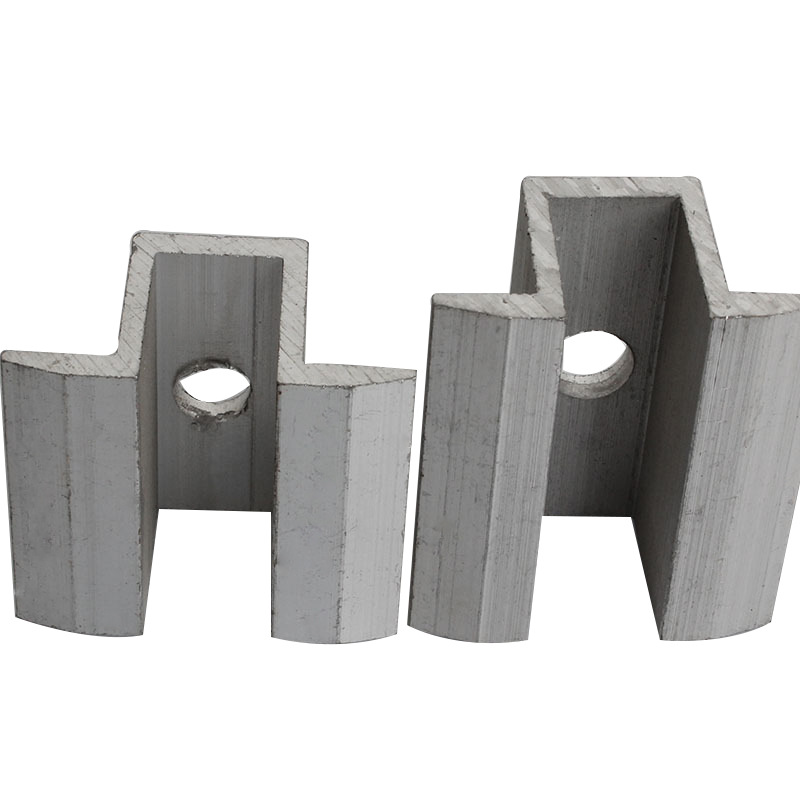

Types of Flat Washers and Their Uses in Various Applications
окт. . 17, 2024 05:42 Back to list
Types of Flat Washers and Their Uses in Various Applications
Understanding Flat Washer Types A Comprehensive Guide
Flat washers are essential components in various mechanical and construction applications. They serve to distribute loads, prevent surface damage, and ensure tight connections by providing a flat surface for nuts and bolts. In the world of fasteners, different types of flat washers are designed to meet specific requirements, making it crucial to understand the options available. This article delves into the various flat washer types, their materials, uses, and best practices for selection.
Types of Flat Washers
1. Standard Flat Washers Standard flat washers are the most commonly used type. They are circular disks with a hole in the center designed to fit over an accompanying bolt or screw head. These washers help to distribute the load over a larger area, reducing the risk of damage to the material being fastened. Standard washers are typically made from metals like steel, aluminum, and bronze or even plastics for specific applications.
2. Lock Washers Lock washers, while not strictly flat washers, are often included in discussions about flat washers due to their flat profile. They are designed to prevent loosening due to vibration or thermal expansion. There are several varieties, including split lock washers, toothed lock washers, and concave lock washers. Each type employs a different method to achieve grip and resistance, making them crucial in applications where vibration can lead to loosening.
3. Fender Washers Fender washers have a larger outer diameter compared to standard washers, providing a broader surface for load distribution. This makes them particularly useful for supporting larger holes or when fastening thinner materials that might otherwise fail under pressure. Fender washers are commonly used in automotive applications and woodworking projects.
4. Shoulder Washers Shoulder washers are unique due to their design, which features a built-in shoulder or lip that elevates the bolt or screw head above the surface. This can be particularly useful for isolating or separating different components while providing a sturdy mounting point. These washers are often made from non-conductive materials, making them ideal for electrical applications.
5. Plastic Washers In situations requiring corrosion resistance or electrical insulation, plastic flat washers come into play. Made from materials like nylon or PVC, these washers are lightweight, resistant to moisture, and provide excellent insulative properties. They are widely used in plumbing, electrical, and outdoor applications.
Material Considerations
The choice of material for flat washers is critical, as it directly impacts the performance and longevity of the assembly. Here are some common materials and their characteristics
- Steel Steel washers are strong and durable, making them suitable for heavy-duty applications. They can be treated with coatings like zinc or galvanization to enhance corrosion resistance.
- Stainless Steel Offering superior corrosion resistance, stainless steel washers are ideal for outdoor and marine environments. They maintain strength and integrity in harsh conditions.
flat washer types

- Aluminum Lightweight and resistant to corrosion, aluminum washers are often used in applications where weight is a significant factor, such as in the aerospace industry.
- Plastic As mentioned earlier, plastic washers offer excellent resistance to chemicals and electrical insulation but may not provide the same strength as metal alternatives
.Best Practices for Selection
When selecting flat washers for a specific application, consider the following best practices
1. Load Requirements Determine the load that the washer will need to support. This will influence the size and material choice.
2. Environment Assess the working environment. If the washer will be exposed to moisture or harsh chemicals, select a corrosion-resistant material.
3. Compatibility Ensure that the washer material is compatible with the other materials in the assembly to prevent galvanic corrosion.
4. Standard Norms Refer to industry standards (such as ISO or ASTM) for dimensions and grades, ensuring compliance and performance.
5. Testing Whenever possible, conduct tests to confirm that the washer performs as expected under the intended load and conditions.
Conclusion
Flat washers are versatile and essential components in various applications, from automotive to construction. Understanding the different types, materials, and best practices for washer selection can lead to safer, more efficient assemblies. Whether choosing standard washers for general use or specific types like fender or shoulder washers for specialized tasks, the right flat washer can significantly enhance the durability and reliability of a project.
Latest news
-
Premium Self Tapping Metal Screws: Strong & Easy Install
NewsAug.02,2025
-
Premium Fasteners Manufacturer | AI-Driven Solutions
NewsAug.01,2025
-
Hot Dip Galvanized Bolts - Hebei Longze | High Strength, Corrosion Resistance
NewsAug.01,2025
-
High-Strength Hot Dip Galvanized Bolts - LongZe | Corrosion Resistance, Custom Sizes
NewsAug.01,2025
-
Best Self Tapping Screws for Drywall - Fast & Secure Installation
NewsJul.31,2025
-
High-Strength Hot Dip Galvanized Bolts-Hebei Longze|Corrosion Resistance&Customization
NewsJul.31,2025

